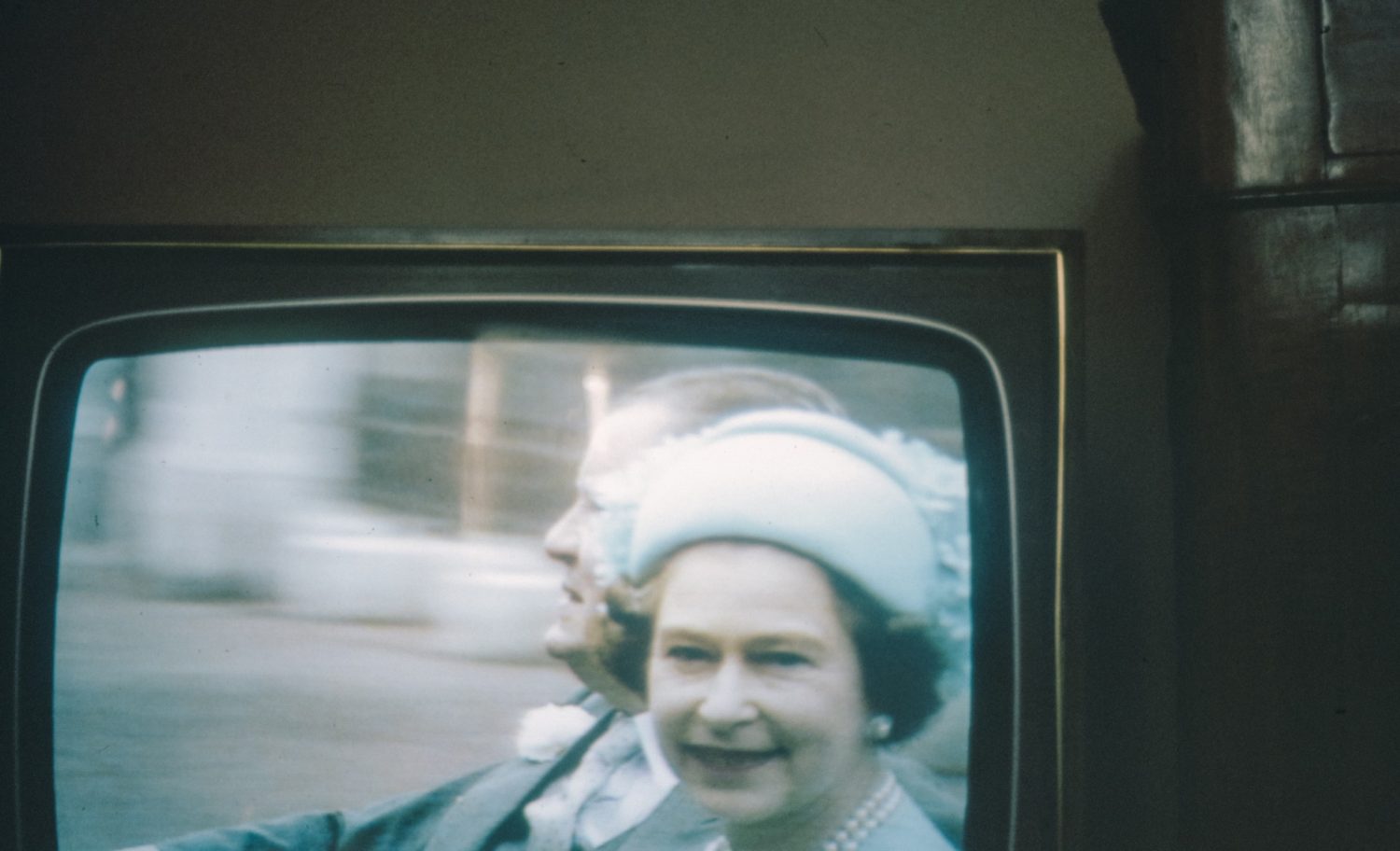A right royal debate
Is it time for Labour to get behind moves to scrap the monarchy in favour of an elected head of state? Kenneth Morgan, who led a Fabian commission on the monarchy back in 2003, assesses the party’s attitudes past, present and future.
Labour’s reaction to the death of the Duke of Edinburgh was quietist and predictable. His outdated, post-imperialist – and sometimes racist – opinions of other people were presented as an endearing eccentricity from a universally popular grandfather of the nation. Labour made itself part of a kind of benign centrism towards the monarchy. It was startlingly different from earlier days, when the opinions of Labour socialists on the constitution were seen as extremist, and even mad.
The first leader of the party, Keir Hardie, embodied this judgement in a famous, perhaps notorious, speech in the House of Commons in April 1894. The occasion was a Commons motion which congratulated the Crown on the birth of a new royal grandchild – the future Edward VIII – but ignored the deaths of 251 Welsh miners in a pit explosion in Cilfynydd in the Taff valley. Hardie pulled no punches: “The life of one Welsh miner is of greater commercial and moral value to the British nation than the whole royal crowd put together.” Such language caused a sensation in Westminster. Hardie’s republicanism, more than his pacifism or socialism, tarred his reputation for life. He returned to the theme later, when he condemned the King’s voyage down the Baltic in July 1908 to visit the Tsar of Russia, virtually condoning the Tsar’s atrocities in suppressing the Russian Duma (parliament). The King reacted by withdrawing Hardie’s name from those eligible to attend royal garden parties – events which it is inconceivable that Hardie would ever have attended.
Thereafter, attacks on members of the royal family by prominent Labour figures virtually disappeared, amid the unifying patriotic pressures of the first world war. In 1924, Ramsay MacDonald did keep the old East End leftist, George Lansbury, out of the first Labour government for his flippant remarks about the sad fate of Charles I in 1649: “One King who stood up against the common people of the day and lost his head – lost it really,” he said, and was met with laughter and cheers.
The post-war atmosphere generated a far broader respect for the monarchy. After the collapse of other royal houses elsewhere, the newly christened House of Windsor emerged in almost solitary dignity. Important to this was King George V, the maker of modern British kingship, refusing to give refuge to Russia’s Tsar after the revolution (he was then of course murdered). The King took another important decision – to have a more tranquil relationship with his own people, combining life on the grouse moors with turning the monarchy into a more accessible institution with which the people could identify. Thus, George V was the first monarch to attend the popular festival of the FA Cup Final.
A potentially dangerous political intervention came in August 1931 with King George’s initiative ranging a multi-party coalition, a self-styled ‘national government’, against a divided Labour party deeply hostile to its leader, Ramsay MacDonald. The subsequent general election in October saw the parliamentary Labour party collapse from 287 to 52 and MacDonald’s reputation in his former party was henceforth one of clandestine treachery. Nevertheless, despite these events, the King and Queen Mary stayed personally popular while MacDonald remained prime minister for a further four years.
The monarchy was not only popular constitutionally, but also inextricably tied up with the personality of the monarch. Nothing showed this more clearly than the abdication crisis of 1936. Edward VIII’s free-spending lifestyle did not go down well with Labour MPs, many of them reared in the ethos of the nonconformist chapels and morally disapproving of how the new monarch conducted himself. So much now depended on the personal respect shown to an increasingly marginalised Crown. This hostility reached a climax when Edward VIII chose to give up the crown to marry an American divorcee. This public disapproval proved to be a mercy when the newly created Duke of Windsor, as titled after his abdication, turned up at Nazi rallies in Germany and was photographed giving Adolf Hitler the Nazi salute.
The Labour party’s erstwhile republicanism dwindled to zero during the second world war when the Battle of Britain and the rhetoric of ‘fighting alone’ created a new, more deeply rooted patriotism. The monarchy had long been largely excluded from Labour’s far from radical constitutional policies; socialist ideologues such as Hugh Dalton skirted around the issue without analysis. During the second world war, the Army Bureau of Current Affairs booklets simultaneously celebrated both the left-wing levellers and ‘the Crown in parliament’ as part of the British way of life which the war was defending. That was what we were fighting for. But nothing added to the popularity of the diffident George VI and his Queen, Elizabeth, more than the latter’s comment that, “we can now look the East End in the face,” when Buckingham palace was bombed during the blitz. This created the basis of a lifelong personal affection for the Windsor family among the public, as did photos of the young princess Elizabeth, equipped with spanners, repairing army convoys in the auxiliary territorial service. For the first time in history, it looked like a popular – almost populist – monarchy, and memories of wartime afterwards served to shore it up at times of tabloid criticism. The Queen’s highly effective speech during the Covid-19 pandemic last year cited the celebrated ballad of the centenarian Dame Vera Lynn, We’ll Meet Again. She had joined the Queen Mother as an icon of the blitz.
For close political analysts, it was no surprise when the ‘people’s war’ led to a Labour landslide in the post-war general election, a people’s peace indeed. A national upsurge of interest in equality, the NHS, planning, a Commonwealth to replace the empire (which ended formally in 1947) and a revived sense of common citizenship were staples of the post-war democratic mood.
In Britain, the Crown was not controversial. Major crises over decades, such as the invasions of Suez and Iraq, economic crashes, rows over Europe and the possible breakup of the United Kingdom following a growing Scottish nationalism, did not affect the Crown, which remained not merely impartial but perhaps peripheral to these moments of crisis.
A succession of conformist Labour leaders – Clement Attlee, Harold Wilson, James Callaghan, Tony Blair, even the venerable leftist Michael Foot – also enjoyed close relationships with their sovereign. The Queen Mother personally approved Foot’s alleged ‘donkey jacket’ at the Cenotaph on Remembrance Sunday. This warmth from Labour’s leaders towards the monarch was rightly stressed in the popular play The Queen, which recognised Wilson most of all.
The only Labour leader to suggest statutory changes to the monarchy was Gordon Brown. His Constitutional Reform Act of 2008 removed the criterion that overseas military and naval action must have Crown approval. The increasing centralising of government through ministerial operation of the once royal prerogative of governmental power tended to make ministers alternative targets for public criticism. It rather helped Labour that these ministers were mostly Conservatives, and that the prime ministers with whom the Queen had the coolest relationships were two Conservatives, Ted Heath and, of course, Margaret Thatcher. A third, Boris Johnson, was by far the most unpredictable.
So how should Labour shape its views on constitutional reform around the monarchy now? Is the party missing an opportunity to claim mass republican votes? My view is emphatically not, since although the popularity of the royal family has wavered at times, there has been no serious question over the institution itself since the abdication crisis of 1936. The reputational problems the royal family has faced have been almost entirely centred on personal issues, as with Princess Diana and a succession of divorced duchesses, Camilla, Fergie, and latterly Meghan, but there has been very little constitutional argument. Instead of intelligent analysis of the purpose of the Crown, we have tabloid gossip about the personal lives of the monarchs and their spouses. The roles of the monarchy, the Crown and the royal family are hopelessly mixed up.
A major opportunity for a public debate on the monarchy came in July 2003 when I had the honour of chairing a commission on the monarchy for the Fabian Society. It did not generate much general debate because we chose not to discuss the merits of a British republic. This led to some predictable left-wing protest but our debate was largely an academic one over a written, codified constitution and the desirability of a participatory citizenship. Some big, detailed issues were raised, such as ending the royal power to make war or scrutinise foreign treaties, which was agreed by Blair when Iraq was invaded and followed over Syria, and the heir to the throne being a Roman Catholic. But sensitive issues such as taxation and the legal status of the Crown – was the Royal Art Collection the possession of the Queen as the Duke of Edinburgh once claimed? – were not widely discussed because of the general confusion between the Crown as an institution and the royal family as individuals.
Now, the future of the monarchy feels perhaps more than ever marginal to our public debate. Today, the formal powers of the Crown are minimal. And a country perhaps confronting the self-chosen isolation of Brexit, a pandemic, the possible break-up of the United Kingdom and dangerous ethnic tensions is hardly looking for further torments to pursue in the shape of a divisive abolition debate. Black Lives clearly matter, even in faraway Minneapolis, but royal lives are more marginal. This is illustrated by a glance at the different national anthems. God Save the Queen celebrates a family, while the Welsh anthem, Yr Hen Wlad fy Nhadau celebrates a people’s culture.
Labour’s main contribution to the debate on the role of the royals in the Keir Starmer era has been to emphasise British (more obviously English) patriotism. This was helpful after Jeremy Corbyn, a sectarian leader who seemed not to like his own country. But patriotism cannot be sprayed on like paint. It cannot be created artificially by mass flying of the Union flag from public buildings, nor should it be confused with attempts to reproduce the English nationalism that lay behind Brexit. Instead, Labour should aim to turn its people into devotees of democracy.
Our commission in 2003 made a practical, though piecemeal, start. Seventeen years on, its successors should focus on an expansive democratising and balancing of all our institutions, an unelected crown and upper house of the legislature, an independent judiciary, no Henry VIII prerogative powers, and perhaps federal nationhood for Scotland and Wales. Our disorganised constitution is valuable in reminding us of major features of our past. But as a substitute for real democracy it will not help our people, as it did in 1945, to face the future with confidence.

